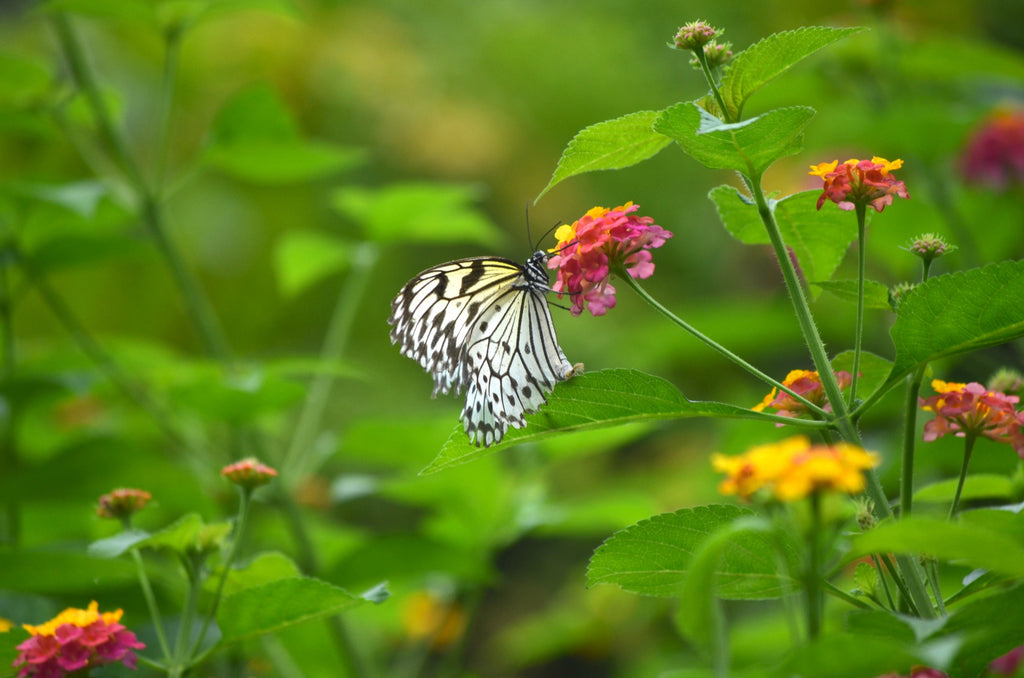0121 232 5075
0121 318 6227

Do you love the idea of a garden teeming with life and vibrant colours? Imagine a space where butterflies flutter gracefully from flower to flower, bringing joy and beauty to your backyard. Creating a butterfly garden is a wonderful way to invite these delicate creatures into your outdoor space while fostering a harmonious ecosystem.
In this blog, we'll guide you through the simple steps to transform your garden into a haven for butterflies.
Before diving into creating a butterfly garden, let's take a moment to understand these enchanting insects. Butterflies undergo a fascinating life cycle, starting as eggs, transforming into caterpillars, then pupating into chrysalises, and finally emerging as vibrant butterflies. These creatures play a crucial role in pollination, aiding in the reproduction of plants and contributing to the overall health of ecosystems.
The first step in creating a butterfly garden is selecting the right location. Butterflies thrive in sunny spots, so choose an area in your backyard that receives plenty of sunlight throughout the day. Ensure the location is sheltered from strong winds, as butterflies prefer calm environments.
Once you've chosen the perfect spot, it's time to plan your butterfly garden. Consider the size of your garden and the types of plants you want to include. Butterflies are attracted to nectar-producing flowers, so opt for various plants with different bloom times to provide a continuous food source.

Choose plants that cater to their needs to create a haven for butterflies. Nectar-rich flowers are a must, and some popular choices include:
Once you've selected your plants, it's time to get your hands dirty and start planting. Consider the following tips for a successful butterfly garden:
Avoid using harmful chemicals in your garden to maintain a healthy environment for butterflies. Pesticides and herbicides can be detrimental to butterflies at various life cycle stages. Instead, opt for natural pest control methods and organic fertilisers to keep your garden thriving without harming these delicate creatures.

In addition to selecting the right plants, you can enhance your butterfly garden by creating inviting habitats. Consider these simple additions:

Maintaining a butterfly garden doesn't have to be complicated. With a few simple tasks, you can ensure that your garden remains a thriving habitat for these delightful insects:
As your butterfly garden flourishes, share your knowledge and passion with friends, family, and neighbours. Educating others about the importance of butterfly conservation and their role in maintaining a healthy ecosystem can inspire more people to create their own butterfly-friendly spaces.
Creating a butterfly garden is a rewarding and enjoyable endeavour that not only adds beauty to your outdoor space but also contributes to the well-being of these enchanting insects. By selecting the right plants, providing essential habitats, and avoiding harmful chemicals, you can create a haven that attracts and sustains butterflies throughout their life cycle.
Embrace the joy of watching these delicate creatures dance through your garden, and revel in the knowledge that you've positively impacted the environment. With a little effort and much love, you can transform your backyard into a colourful paradise that welcomes butterflies and brings nature's beauty closer to home.